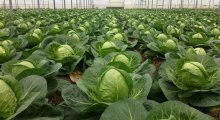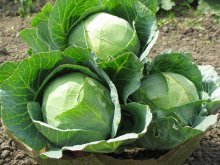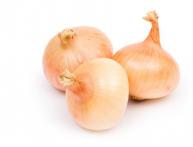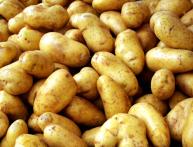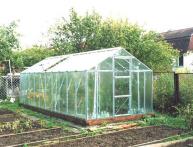Planting cabbage in open ground, choosing the right location, caring for seedlings
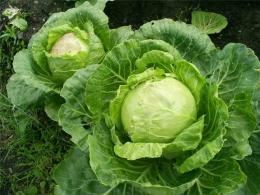
Among vegetable crops, almost all types of cabbage occupy one of the first places in popularity. This statement applies not only to white cabbage, but also to other varieties of this crop. When growing any type of this vegetable on a plot, gardeners use two methods, namely growing through seedlings and planting cabbage in open ground.
Taking into account the climatic conditions of the middle zone, the timing of seed germination and the time of crop ripening, it is advisable to grow through seedlings only early varieties. Medium and medium-late ripening varieties can be sown directly into the ground. Planting cabbage directly into the garden has some advantages over the seedling method, and the success of such cultivation will be ensured if you choose the right place for the cabbage and prepare it for planting.
Content:
- Advantages of the seedless method of growing cabbage, choosing a location
- Land preparation, timing of sowing cabbage in the ground
- Sowing cabbage in the ground, caring for seedlings
Advantages of the seedless method of growing cabbage, choosing a location
Advantages of a garden-free method of growing cabbage
If you grow cabbage by sowing seeds in the ground, you can avoid the following:
- stocking or purchasing soil for seedlings
- costs for seating containers
- allocating space for placing boxes with seedlings
- additional lighting
- picking and hardening of seedlings
Since all these activities require financial and time costs, the benefits of the seedless cultivation method become obvious. In addition, transplanted seedlings require time to take root and during this time their growth slows down significantly, which does not happen when planted directly into the ground. The success of such cultivation will be ensured by the right location. To do this, it is advisable to take into account at least several important factors:
- soil quality
- lighting
- previous cultures
Ground requirements and lighting
Considering that cabbage is a crop that is sensitive to lack of moisture and soil fertility, the best soil for it will be one that is able to retain moisture, but without stagnation. Places with loamy, fertile soil are ideal for this. In addition, it is worth paying attention to the acid-base reaction of the soil. On acidic soil, cabbage develops very poorly; the optimal environment for it is neutral or slightly alkaline. If the soil is acidic, then the addition of deoxidizing substances, such as chalk or lime, is required.
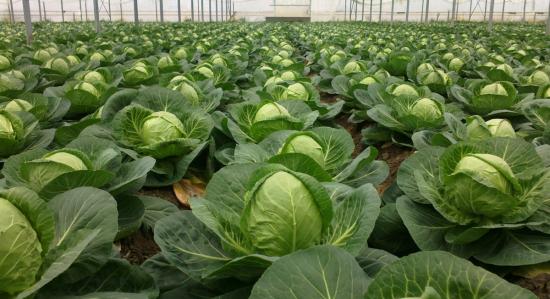
Cabbage does not tolerate direct scorching sun, but areas with dense shade are not suitable for this crop. It is best to arrange so-called scenes of tall crops for planting cabbage. They will create the desired shadow. Corn and sunflower are suitable for this. It is optimal to plant canopy crops every 5 or 10 rows of cabbage. It is not worth planting cabbage under fruit trees, as it will not withstand competition with them for moisture and nutrients.
Predecessor cultures
When growing cabbage, you should avoid sowing it in beds where any type of cabbage, as well as turnips, radishes, and radishes grew.It is best to sow cabbage seeds in areas where there were tomatoes, peas or carrots. If a place is chosen, then before sowing in open ground, you need to carry out several preparatory measures.
Land preparation, timing of sowing cabbage in the ground
How to prepare soil for cabbage
Like all vegetable crops, cabbage requires deeply dug soil. Ideally, this should be done twice. The first digging with a shovel is carried out in the fall, after harvesting. The second digging is needed in the spring, after thawing soil to a depth of 25 - 30 cm. In most regions this is the second half of April.
Cabbage is very sensitive to soil fertility; when forming a head of cabbage, it requires a fairly large amount of nutrients. Taking this into account, it is necessary to add well-rotted manure or humus when digging. Its quantity per sq. meter equals 5 - 6 kg. If the land is depleted by previous crops, then the quantity should be increased to 2 - 3 buckets. During spring digging, the following must be added to the same area along with humus:
- glass of wood ash
- Art. l. nitrophoska
- tsp urea
If the land was prepared in the fall with the simultaneous application of a phosphorus-potassium mixture, then in the spring fertilizers are added directly to the furrows for sowing. It is enough to mix half a kilo of humus with a tablespoon of table urea, two tablespoons of ash and add this mixture along the length of all grooves, also at the rate of 1 square meter. m.
Time to sow cabbage in the ground
Shoots of cabbage sown immediately into the ground They tolerate short-term temperature drops of -3-5 degrees. However, the best time for planting comes after the soil temperature at a depth of 5 - 10 cm is not lower than + 8 degrees.

In most regions, such soil heating is typical for the third ten days of April - the first ten days of May. If sowing is done earlier, covering material can be used. From the first days of May, cabbage can be sown without shelter. Some varieties of cabbage can be sown in the ground several times at intervals of 7 to 14 days.
Sowing cabbage in the ground, caring for seedlings
For sowing in the ground, it is best to purchase seeds that have undergone the necessary processing and pelleting. This will avoid sowing too densely. If the seed manufacturer has not carried out these measures, then it is advisable to soak the seeds for 10 - 15 hours in warm water, add potassium permanganate at the end of soaking, and after half an hour, rinse the cabbage seeds.
Plant the seeds into the soil to a depth of 2 - 3 mm. If seeds granulated, then they are placed immediately at a distance of at least 15 cm; the larger the expected heads, the greater the distance; there are varieties where there should be about 0.5 m between plants.
You can sow more densely, and pick at the stage of 3-4 leaves; this is the optimal stage of development of cabbage seedlings for transplanting. As soon as the shoots appear, it is important to monitor the soil moisture.
In addition, young seedlings are very attractive to many pests, such as cruciferous flea beetle. You can save seedlings from it if you pollinate them with wood ash mixed with tobacco chips. If the flea has infected the cabbage sprouts, they can be treated with Actellik.
At the stage of 6 - 7 leaves, the seedlings are fed with a solution of manure. Also, cabbage needs to be weeded 2-3 times during the summer, and in dry weather it needs to be watered regularly. It is carried out after sunset; each plant needs at least a liter of water.Watering place mulch. Compliance with the above agrotechnical practices will help you get a decent harvest of garden cabbage.
Video about growing cabbage and pest control:

